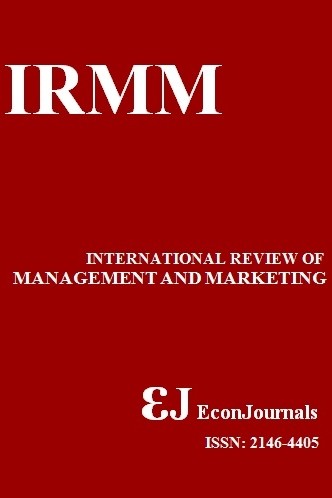Deployment of Six Sigma Methodology in Phacoemulsification Cataract Surgeries
Deployment of Six Sigma Methodology in Phacoemulsification Cataract Surgeries
- Başlangıç: 2011
- Yayıncı: İlhan ÖZTÜRK
Erkut ALTINDAG, Merve KARKACIER
Assessing Supermarket Food Shopper Reaction to Horsemeat Scandal in the UK
Fred Amofa YAMOAH, David Eshun YAWSON
Comparison of CRM Programs Basing on Improving Customer Profitability: Using the AHP Method
Dong-Fei Xue, Shi-Jie Zhao, De-Peng Zhang
Old Traps for New Players: Western Direct Retailing Investment in Emerging Asian Markets
Deployment of Six Sigma Methodology to Reduce Complications in Intravitreal Injections
İbrahim SAHBAZ, Mehmet Tolga TANER, Mustafa ELIACIK, Gamze KAGAN, Engin ERBAS, Hazar ENGUNYURT
Deployment of Six Sigma Methodology in Phacoemulsification Cataract Surgeries
İbrahim SAHBAZ, Mehmet Tolga TANER, Gamze KAGAN, Hüseyin SANISOGLU, Engin ERBAS, Ebubekir DURMUS, Meltem TUNCA, Hazar ENGINYURT
